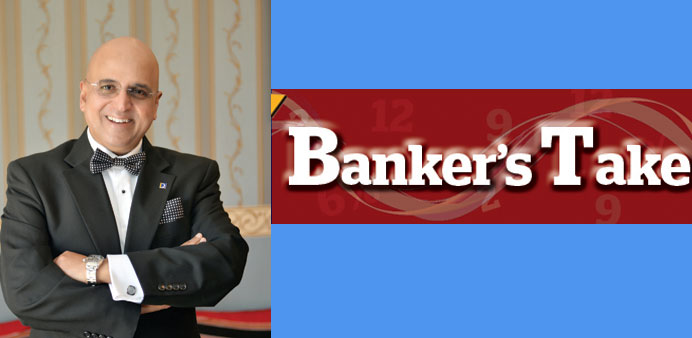By Dr R Seetharaman
In the 12 months till April 2015, Consumer Price Index (CPI) in the US fell 0.2%, the largest decline since October 2009. However, the core CPI advanced 1.8% after a similar gain in March 2015. Core inflation was lifted due to increase in shelter costs, which followed a similar gain in March 2015.
Shelter inflation is being driven by rising household formation, which is boosting demand for rental accommodation. The rise in core CPI, however, may be limited by the strong dollar. Stronger demand, strength in labour markets, firming wage growth, however, could mitigate the dollar’s impact on inflation.
The Fed minutes of April 2015 revealed that Officials are unlikely to start raising short-term interest rates in June 2015.They won’t begin lifting their benchmark federal funds rate from near zero until they see more improvement in the labour market and are confident inflation will rise toward their 2% target. US Economic growth was at 0.2% in 1st quarter and unemployment rate was at 5.4% in April 2015. Though the economy is generating jobs and income for workers, it isn’t translating into much pickup in spending or investment.
In UK Consumer prices fell 0.1% in April 2015 compared with the same month last year. UK core inflation slowed to 0.8% in April, the lowest since 2001. April’s reading leaves inflation well below the Bank of England (BoE)’s 2% target.
The BoE Governor felt that inflation could turn negative imminently, although he reiterated that prices would pick up in the coming months and interest rates were more likely to move up than down. In Eurozone, consumer prices rose for a 0% in April, thereby exiting deflation. After having reached low levels in mid-January, longer-term inflation expectations in the euro area have recovered. Core inflation, which excludes the most volatile components of unprocessed food and energy, rose 0.7% year-on-year increase in April 2015.
Japan’s core consumer price index (CPI) for March rose 2.2% from a year earlier. Excluding the effects of the consumption sales tax hike in April 2014, the nationwide consumer price index (CPI) rose 0.2%. The Bank of Japan (BoJ) kept in place its massive easing programme of purchasing ¥80tn ($670bn) worth of assets annually, although it lowered its forecast for fiscal 2015 inflation to 0.8%. The BoJ pushed its target date for reaching 2% inflation to the first half of fiscal 2016. Fiscal policy and growth strategies must accompany monetary easing for Japan to make a sustained exit from deflation.
In Brazil in the 12 months through mid-April 2015, consumer prices rose 8.22% and far above the government’s target of 4.5%. At its April meeting, the Central Bank’s Monetary Policy Committee decided to raise the benchmark interest rate from 12.75% to 13.25% amid worsening inflation outlook. In India Consumer prices rose 4.87% in April 2015 from a year earlier after a revised 5.25% increase in March 2015. India’s inflation eased and factory output slowed, boosting the odds that the Reserve Bank of India (RBI) will cut interest rates for a third time this year in June 2015.
A rebound in oil prices and a drop in the rupee had raised concern about whether the RBI will meet its target of keeping price pressures within 6%. In China annual consumer inflation was sluggish at 1.5% in April 2015 and the risk of deflation still lingers. Consumer inflation is still far short of China’s 3% target for 2015. The inflation rate in Russia was recorded at 16.40% in April of 2015. Russia’s economic contraction will act as a brake on inflation. By end of April Russia’s central bank dramatically cut interest rates by 150 basis points to 12.5% and signalled that it is likely to cut rates further soon.
The Advanced Economies are aiming to revive their growth and their tightening monetary actions mainly depend on surge in core-inflation above 2% and economic revival.
The Asian emerging economies, namely India and China are aiming to sustain their growth and plan monetary easing measures as inflation subsides and growth accelerates. The Slowdown in growth and improvement in performance of Rouble enabled Bank of Russia for lowering rates. Disinflationary trends mean Asian central banks will be keen to keep rates low. They don’t need to immediately follow the Fed with rate hikes but they do have scope to hike if currencies fall steeply. The monetary policies of Central Banks are significantly impacted by growth, inflation and currency volatility.
*Dr R Seetharaman is the Group CEO of Doha Bank. The views expressed are his own.
Banker’s Take
An old report got published in yesterday’s Banker’s Take column due to a mix-up. This is the correct version. The error is regretted.
Business / Business
Monetary policies significantly impacted by growth, inflation and currency volatility



